Some science fiction stories nudge the boundaries. Others sprint past them and kick up dust. This list looks at films that drew heat for graphic imagery, provocative ideas, or disturbing scenarios, and that sparked censors, critics, or audiences to push back. You will find content warnings, bans, and behind the scenes notes that explain why each title set off alarms when it arrived.
Each pick includes clear context about what is on screen and what happened around the release. You will see the big scenes that caused complaints, the ratings fights that followed, and the versions that circulated. If you plan a watch party, this will help you decide which cut exists where and what intensity to expect.
‘A Clockwork Orange’ (1971)
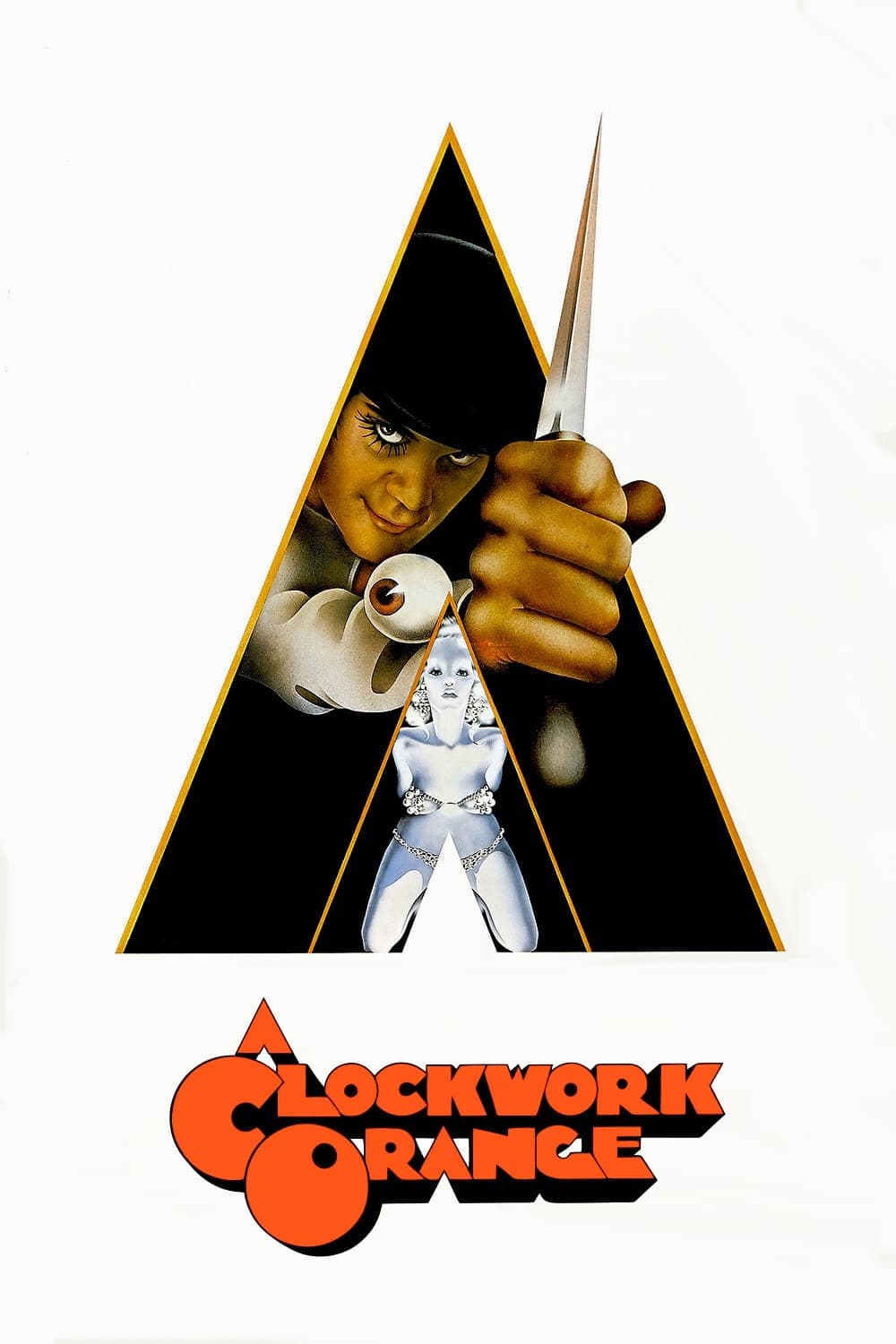 Warner Bros. Pictures
Warner Bros. PicturesStanley Kubrick adapted Anthony Burgess’s novel about Alex and the Ludovico rehabilitation program, which forces aversion conditioning with drugs and violent imagery. The film’s explicit assaults, home invasion, and medical restraint sequences triggered heavy controversy and an X rating in the United States on first release before later recertification.
Following reports of copycat concerns in Britain, Kubrick withdrew the film from UK circulation at the request of local authorities and it remained unavailable theatrically there for decades. Multiple video versions exist, and later releases carried different ratings as boards updated their standards, so running times and certificates can vary by country.
‘Videodrome’ (1983)
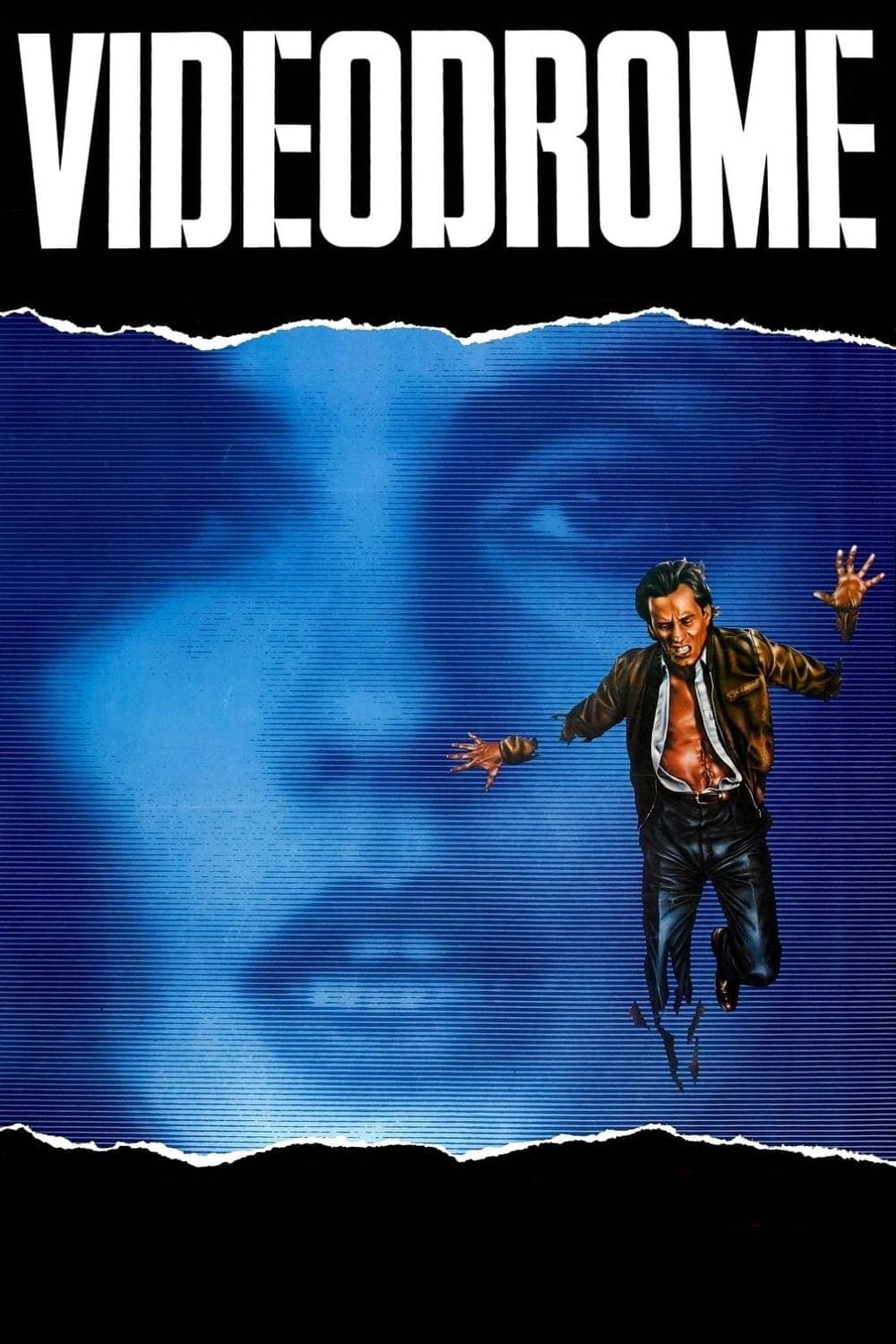 Guardian Trust Company
Guardian Trust CompanyDavid Cronenberg’s story follows a pirate broadcast that warps perception, with sequences of organic videotapes, a stomach slit used as a weapon slot, and hallucinatory torture. The Canadian production pushed body transformation effects with practical appliances that blended television and flesh.
Censorship boards demanded cuts in several regions, and distributors prepared both R rated and unrated edits with alternate lengths. The effects team documented how specific makeups were toned down for some territories, so versions in circulation can differ on shot duration during the most graphic moments.
‘The Fly’ (1986)
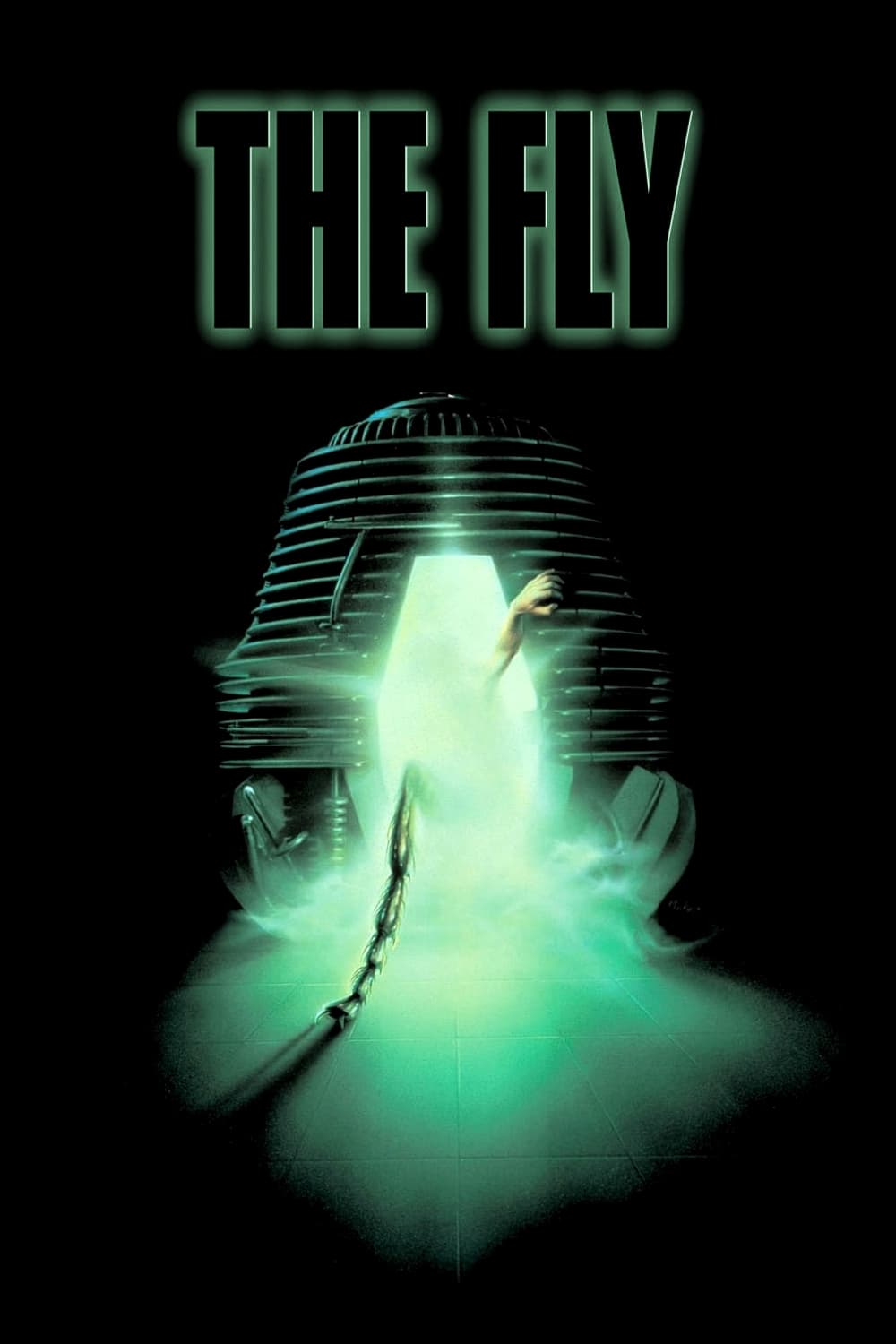 SLM Production Group
SLM Production GroupA scientist merges with a housefly after a teleportation experiment, leading to progressive body decay shown in detailed stages. The film maps the transformation with escalating prosthetics that track fingernail loss, skin lesions, and limb changes over time.
Test screenings identified a removed monkey cat scene that proved too extreme and remains a common topic in home video extras. The released cut still earned restrictive ratings in many countries, and marketing materials often came with content advisories that highlighted disease imagery and surgical detail.
‘Tetsuo: The Iron Man’ (1989)
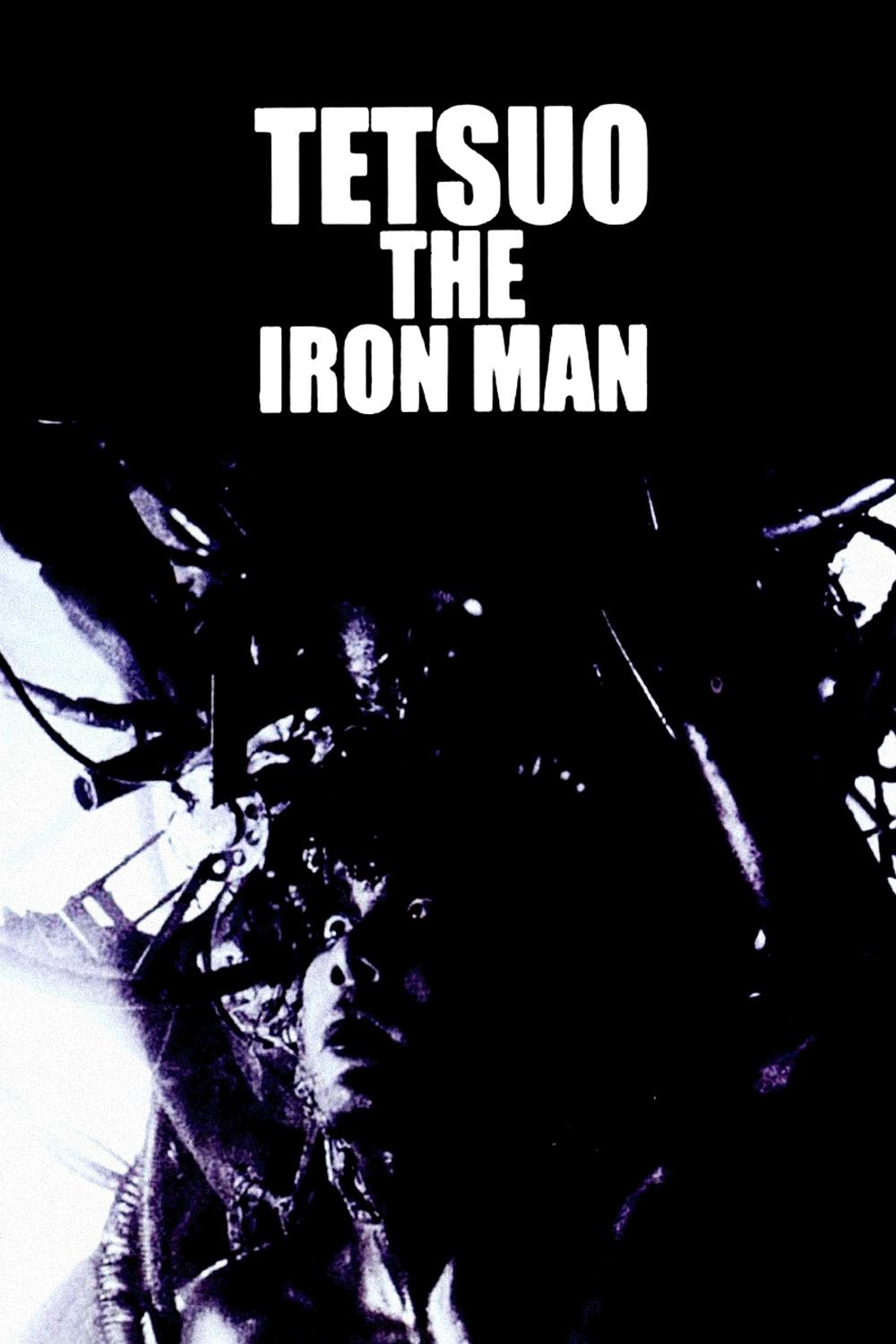 Kaijyu Theater
Kaijyu TheaterThis Japanese cyberpunk film uses high contrast black and white photography to depict a man whose body fuses with metal. Stop motion sequences and abrasive industrial sound turn everyday settings into hostile spaces while the protagonist sprouts rebar and drills.
The film’s brief running time did not limit the intensity. Festival screenings frequently included warnings about strobe effects and sensory overload. Later home releases offered transfers from different source elements, and minor timing differences appear between versions due to frame rate conversions.
‘Event Horizon’ (1997)
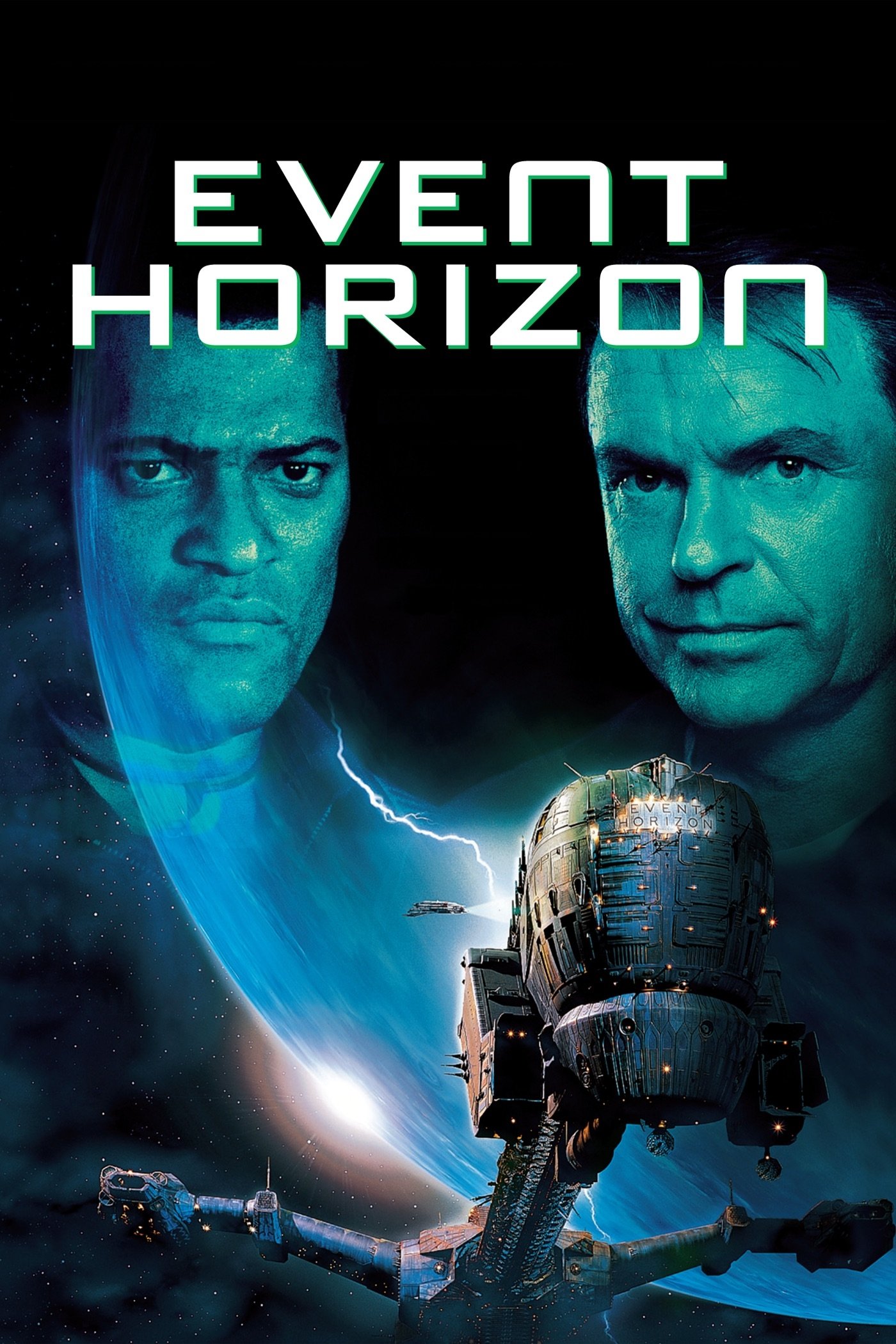 Paramount Pictures
Paramount PicturesA deep space rescue finds a ship that may have traveled through a hostile dimension, with recovered video logs showing torture glimpses and self mutilation. Reports from the production describe a longer workprint with extended gore that was never restored after elements were lost or deteriorated.
The theatrical cut still earned strict classifications across markets and prompted advisories for sustained terror and graphic injury. Home releases include featurettes that discuss the missing scenes and explain why a definitive extended version has not been assembled.
‘Scanners’ (1981)
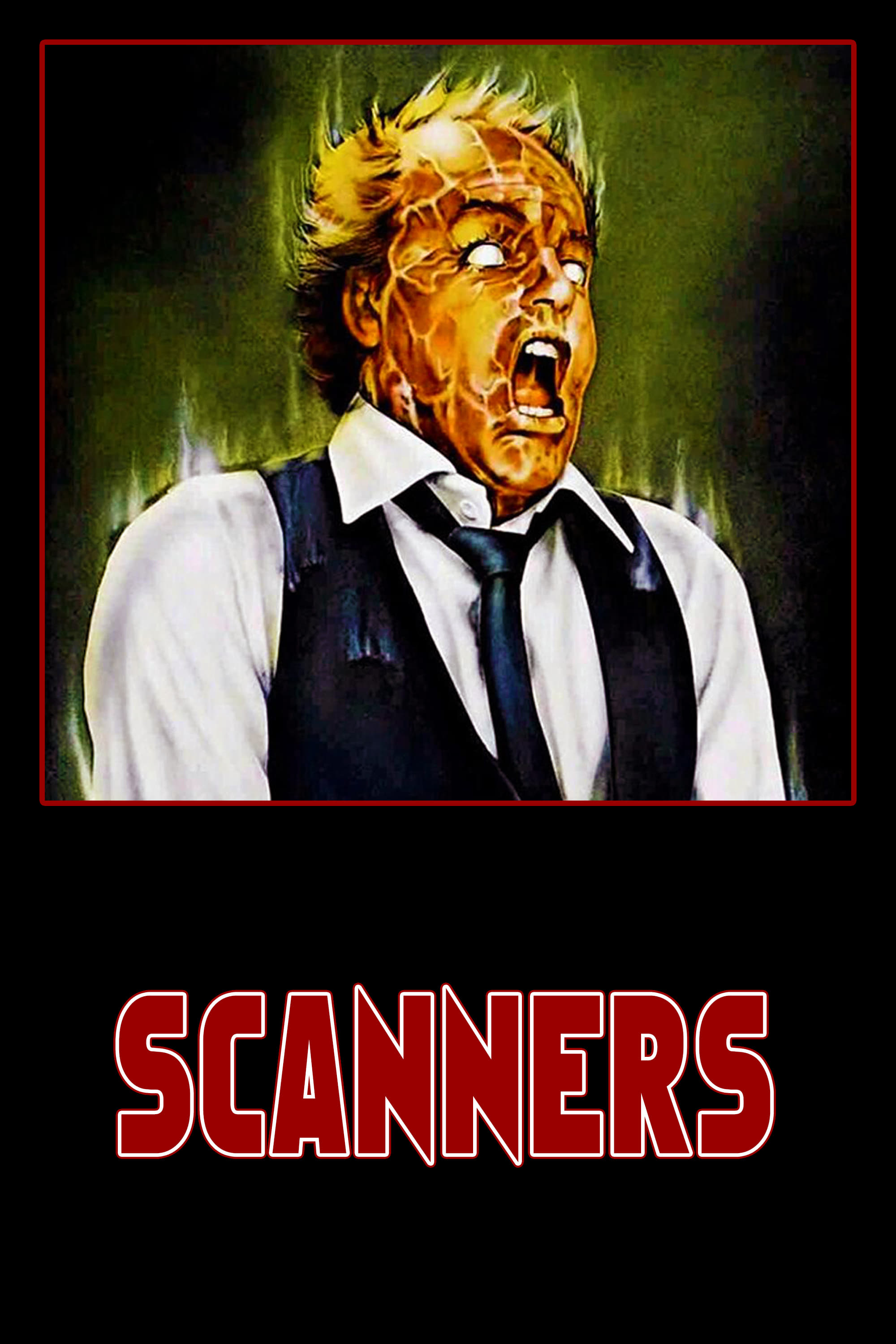 Filmplan International
Filmplan InternationalA corporate battle between telepaths features the well known demonstration where a subject’s head explodes during a conference. The scene relied on practical effects that were inspected closely by ratings boards, which requested careful framing and limited repetition in some territories.
International releases shipped with alternate edits of the key shots. Some television versions replaced the most graphic angles with reaction coverage. Collectors often compare transfer notes to confirm which master a disc uses because timing around that scene varies by a few seconds.
‘Akira’ (1988)
 MBS
MBSSet in Neo Tokyo after a mysterious blast, the story follows Tetsuo as latent psychic power grows into uncontrolled mutation during the final act. The animation displays rapid body expansion, exposed tissue, and mechanical absorption that pushed theatrical ratings for animated features at the time.
Early English localizations trimmed dialogue and altered cue placement, while later restorations reinserted lines and remixed audio at higher fidelity. Region specific age certificates differed, and several broadcasters scheduled late night slots with content warnings when the film aired on television.
‘Cube’ (1997)
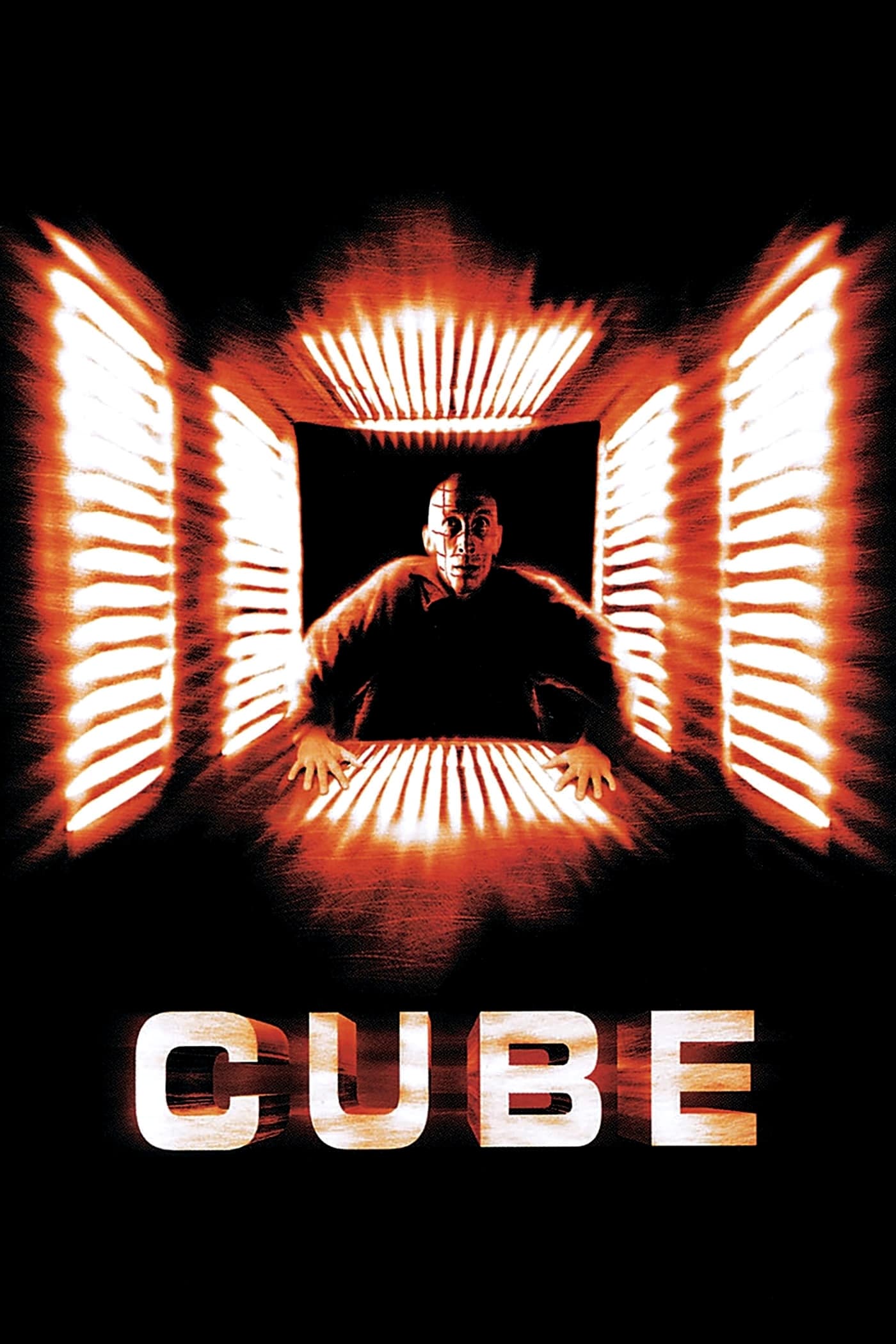 Cube Libre
Cube LibreStrangers wake inside a labyrinth of rooms that contain lethal traps, which are shown with mechanical detail and practical gore. The setup uses math clues to navigate, but wrong moves activate devices that slice, burn, or impale.
Multiple home video cuts circulate with small timing and audio changes tied to distributor territories. Ratings bodies cited persistent menace and sudden shock violence, and some edited television airings softened the opening trap by shortening the final reveal.
‘Society’ (1989)
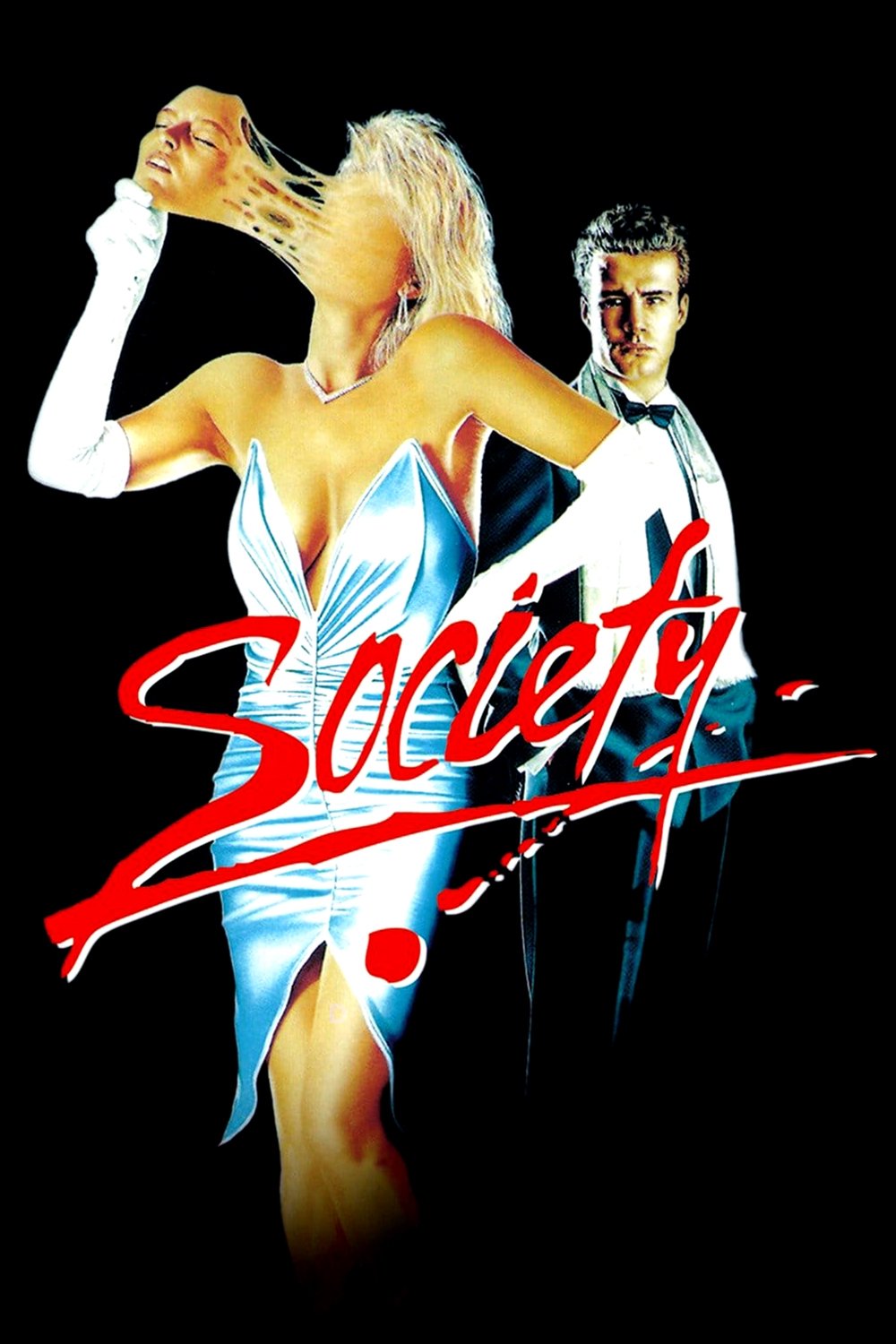 Society Productions
Society ProductionsA Beverly Hills teen suspects his wealthy circle is part of a secret species with shapeshifting abilities that feed on outsiders. The finale features an extended transformation set piece created with elastic prosthetics and liquefying effects that made the film a cult item.
Release history shows delays and limited theatrical runs in several countries due to distributor caution about marketability. Later festival encore screenings added content notices for sexualized body horror, and different territories assigned adult only classifications on home media.
‘Hardware’ (1990)
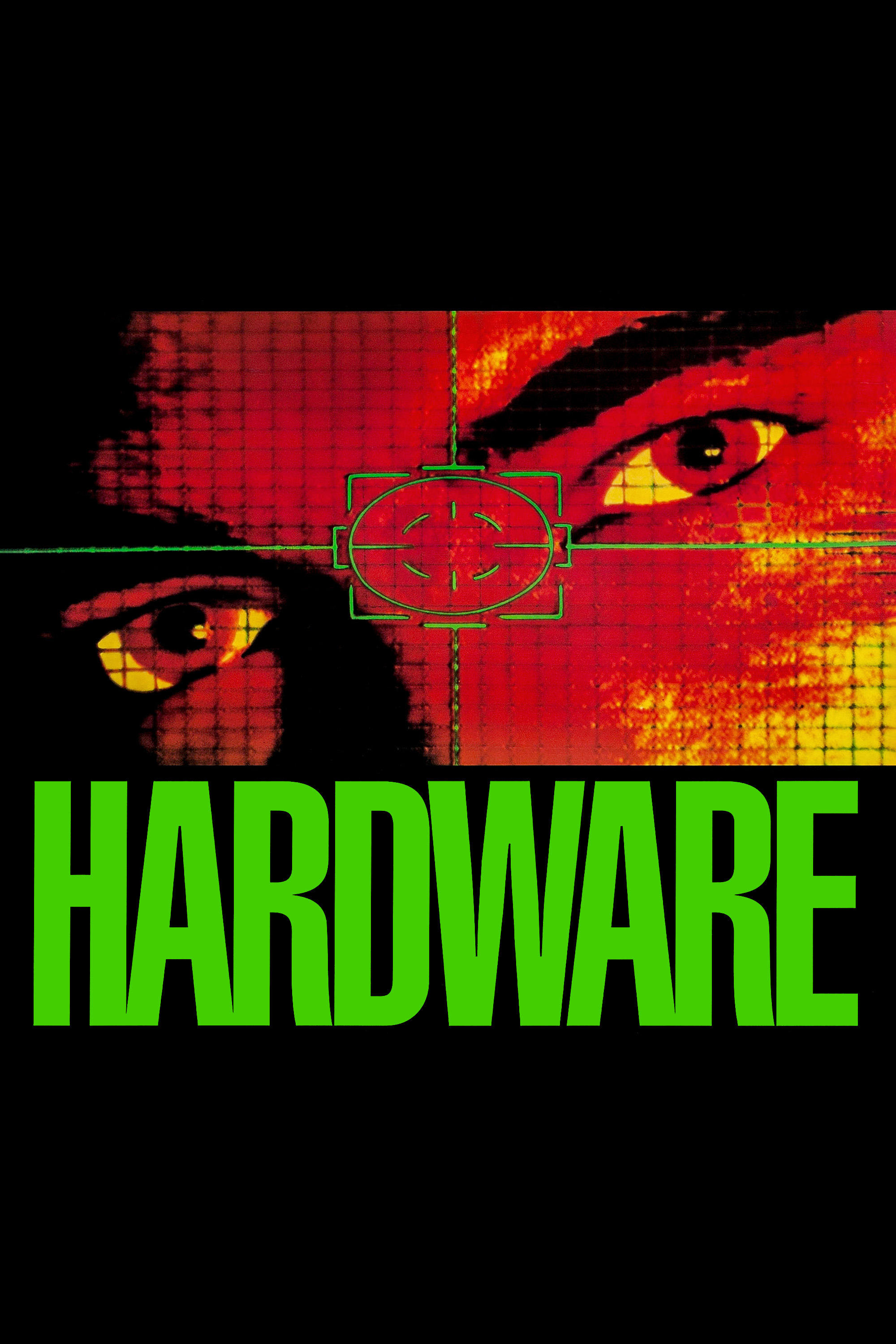 British Satellite Broadcasting
British Satellite BroadcastingIn a desert wasteland, a scavenged robot head reactivates and reconstructs itself inside an apartment, leading to a siege with corrosive fluids and cutting tools. The production drew on low light photography and red filters to accentuate gore and mechanical damage in tight spaces.
The UK release encountered ratings scrutiny, and some early video editions carried small cuts to reduce injury detail. Music rights and alternate sound mixes created differences between versions, so home releases can vary slightly in track listings and end credit audio.
‘Threads’ (1984)
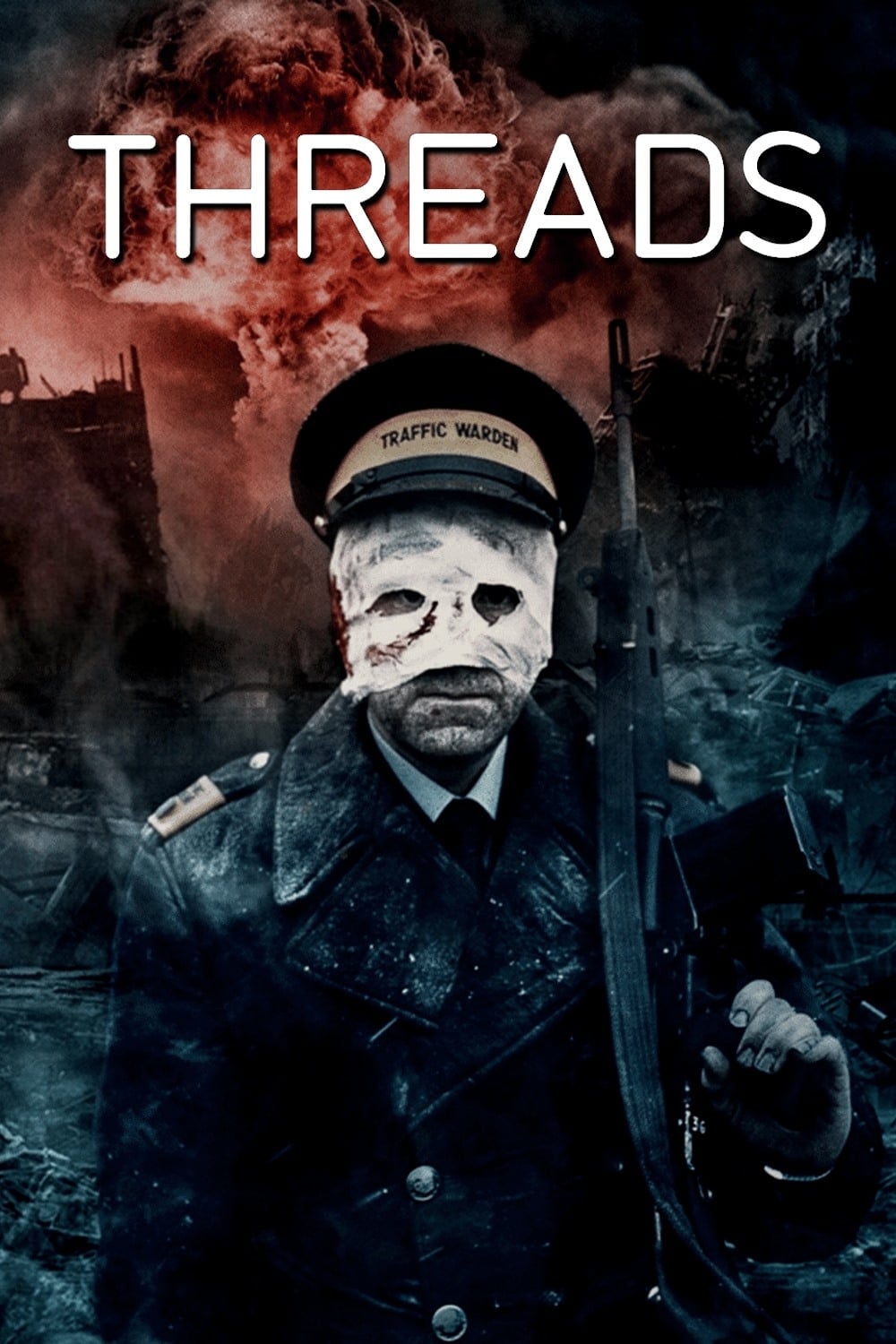 Western-World Television Inc.
Western-World Television Inc.This British docudrama models a nuclear exchange and its aftermath in Sheffield using a procedural style that follows families, medical systems, and infrastructure collapse. The film includes depictions of burns, radiation sickness, and long term societal breakdown over months and years.
Initial television broadcast arrived with advisories and generated complaints about intensity and realism. Later educational screenings used study guides and age restrictions, and different edits exist with minor content changes for rebroadcasts in other countries.
‘Neon Genesis Evangelion: The End of Evangelion’ (1997)
 GAINAX
GAINAXThis feature conclusion to the anime series replaces a television ending with large scale biomechanical combat and human instrumentality sequences that incorporate apocalyptic imagery. The film shows pilots suffering catastrophic injuries and includes brief shots that triggered stricter ratings for theatrical playdates.
Japanese and international releases appeared with different subtitle tracks and sound mixes, and select home editions offer both Dolby and lossless options that reveal more detail in the aggressive sound design. Exhibition histories often note age gates and content warnings at festivals and revival screenings.
‘Possessor’ (2020)
 Ingenious Media
Ingenious MediaAn assassin uses brain implant technology to control hosts and carry out corporate hits, with scenes that emphasize bodily intrusion and identity loss. The production prepared two versions, one unrated and one edited for a more restrictive theatrical certificate.
Release notes identify shot specific edits to stabbing closeups and aftermath imagery in the rated version. Platforms list the variant clearly, so viewers can check runtimes and labels to confirm which cut is available in their region or on their service.
‘Annihilation’ (2018)
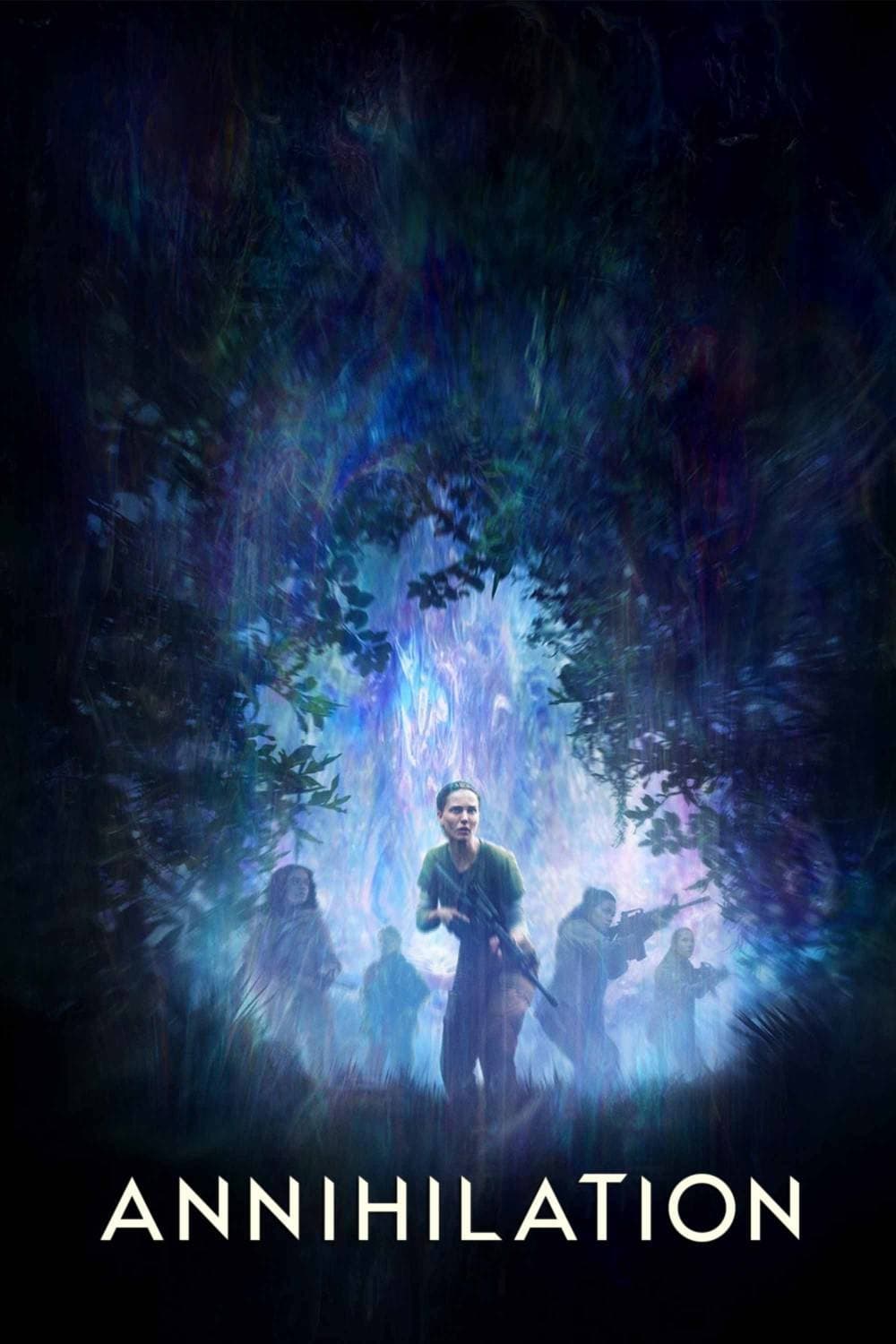 Paramount Pictures
Paramount PicturesA team enters an expanding zone called the Shimmer where DNA refracts and produces hybrid flora and fauna, including a sequence with a mutated bear that incorporates human vocalization. The film blends scientific fieldwork with body alteration, tumors, and self destruction captured on found footage.
After test screenings, the distribution strategy split, with a theatrical release in North America and a streaming debut in many international markets. The version itself remained consistent, but the shift affected availability windows and language options, which can differ by country.
‘Under the Skin’ (2013)
 Film4 Productions
Film4 ProductionsAn alien predator drives around Scotland and lures men to a void where bodies dissolve into liquid, shown with stark visual effects and minimal dialogue. Real street encounters filmed with hidden rigs mix with designed set pieces, creating a documentary texture around the science fiction plot.
Screenings often included advisories for nudity and disturbing imagery. Home editions vary on extras, with some discs offering production featurettes about the void effects and others providing only the feature, so bonus material availability depends on the label and region.
Share the titles you would add to this list in the comments so everyone can compare notes.

.jpeg)










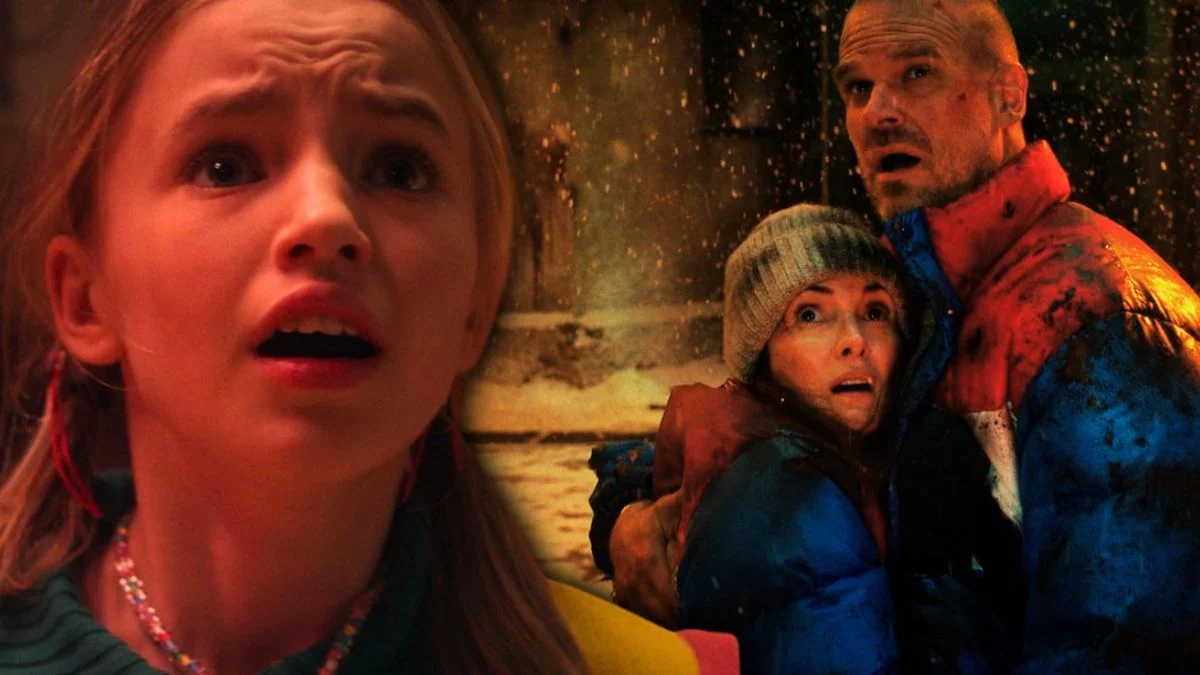






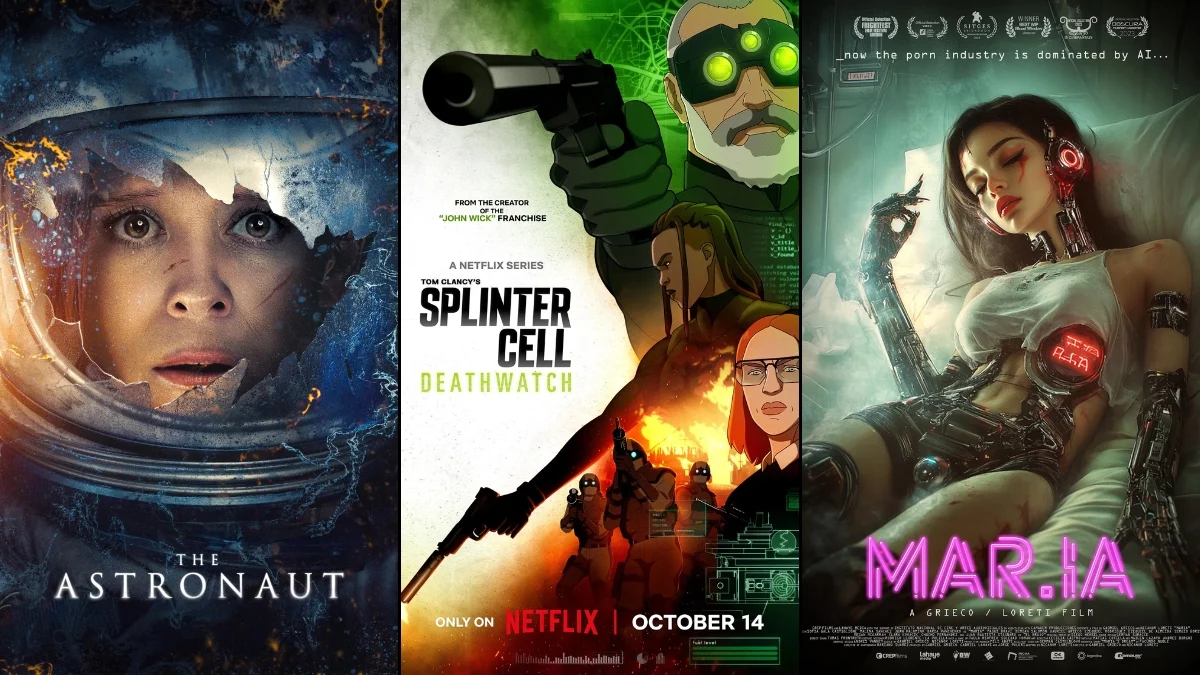



.jpeg)













 English (US) ·
English (US) ·